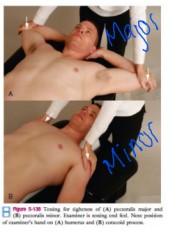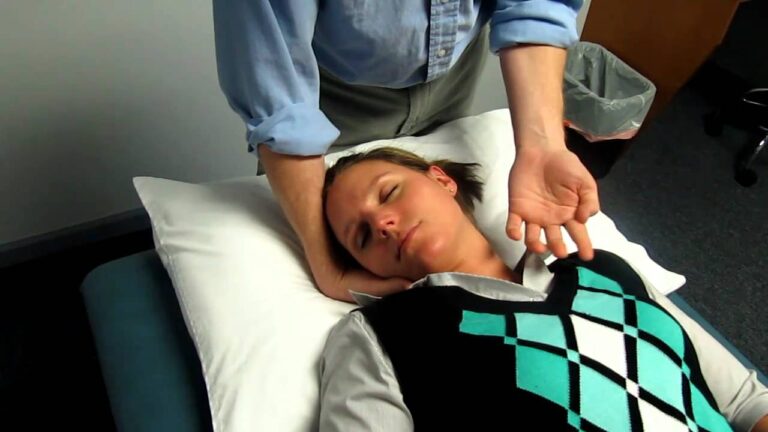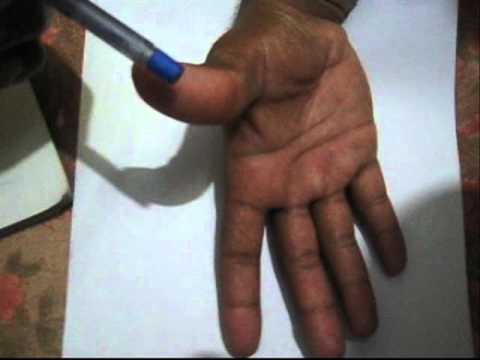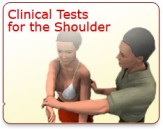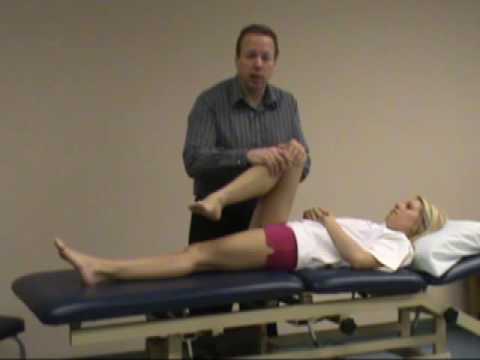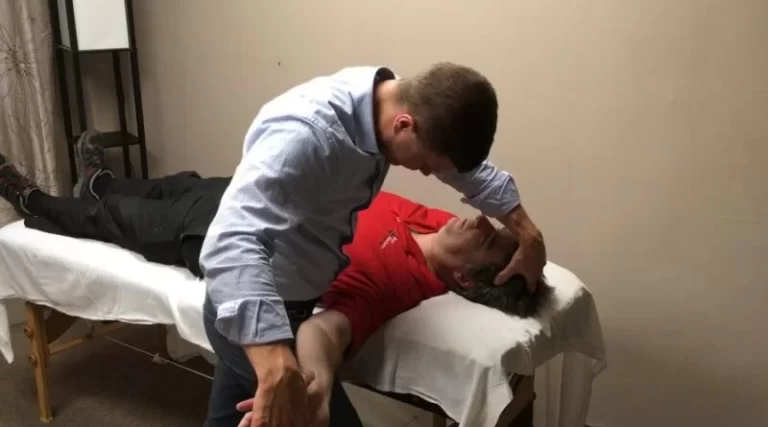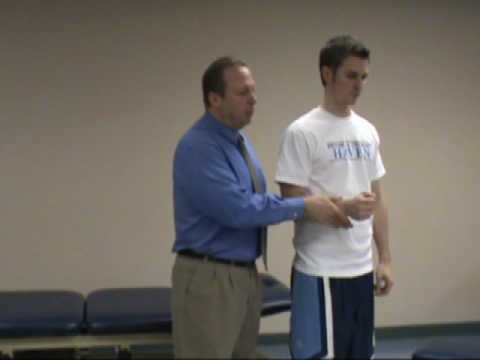Special test for the tightness of the pectoralis muscle
- The pectoralis muscle is connected to the front walls of the chest with the bones of the upper arm & shoulder.
- There are two muscles of the pectoralis muscle which is attached to each side of the sternum means breastbone in the human body.
- Two muscles of this pectoralis muscle are = pectoralis major & pectoralis minor.
- This pectoralis muscle tightness test is applied in the clinic the check the tightness of the pectoralis muscle.
- Pectoralis muscle tightness is most common in patients which are felt to pain in the shoulder.
- Both tests are clinical tests for applicants to check the tightness muscle.
Name of the special test for the tightness of the pectoralis muscle :
- Pectoralis major contracture test
- Pectoralis minor tightness
Purpose of the this special tests :
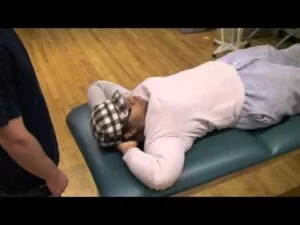
- These tests are used to for check the tightness/contracture of the pectoralis muscle.
- These tests are used to for check the two parts of pectoralis muscle [ pectoralis major & pectoralis minor]
Pectoralis major contracture test :
- The starting position of the patient is supine position.
- Into supine position & claps the hand together behind the head.
- The arms are then lowered until the elbows touch the examining table.
- Result = a positive test occurs if the elbows do not reach the table & indicate a tight pectoralis major muscle.
Pectoralis minor tightness test :
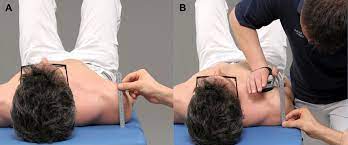
- Pectoralis minor muscle functions along with the rhomboids & levator scapulae to stabilize the scapula during arm extension.
- Tightness of the pectoralis minor can lead to increased scapular protraction &tilting of the inferior angle of the scapula posteriorly.
- Tightness of the pectoralis minor can be tested by having the patient in a supine lying position with the arm forward flexed 30′.
- The examiner places the heel of the hand over the coracoid process & pushes it toward the examining table retracting the scapula.
- Normally, the posterior movement occurs with no discomfort to the patient,&the scapula lies flat against the table.
- However, if there is tightness means muscle tissue stretches over the pectoralis minor muscle during the posterior movement, the test is considered positive.

